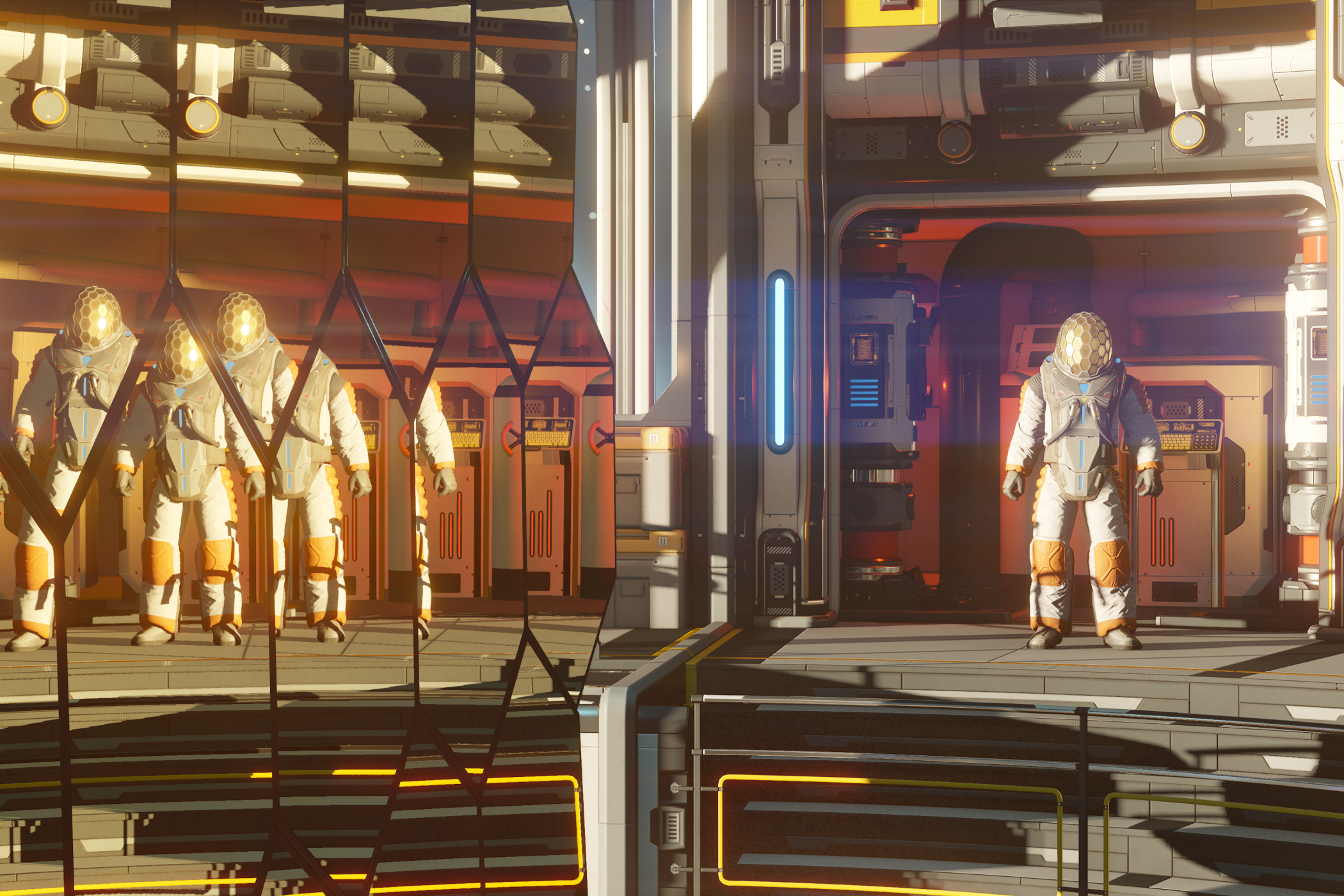The apple keynote just wrapped.
I’m incredibly excited to see ray tracing support in A17 and what this will mean for desktop computing when it makes its way into M3, M3 Pro, M3 Max, M3 Ultra, M3 Bodacious.
I suspect over at the other place, disappointment will prevail because it‘s unlikely to match an nvidia 4090 in performance (I’m half joking with that statement because I think that expectation is personally ridiculous).
It also speaks to apples approach to Ray Tracing even on the desktop - it is highly unlikely to be targeting 4090 performance metrics at the expense efficiency and performance per watt.
I’ve long speculated that this Ray Tracing implementation is based on Imagination Technologies PowerVR Photon intellectual property licensed from Imagination Technologies as if so, it’s incredibly power efficient as well as performant for scalable use cases (small devices up to large desktop).
Can’t wait to see an anandtech breakdown on Apples A17 implementation
Figured this was worthy of it’s own thread - mods feel free to delete if you feel that a more generic A17 discussion is warranted!
I’m incredibly excited to see ray tracing support in A17 and what this will mean for desktop computing when it makes its way into M3, M3 Pro, M3 Max, M3 Ultra, M3 Bodacious.
I suspect over at the other place, disappointment will prevail because it‘s unlikely to match an nvidia 4090 in performance (I’m half joking with that statement because I think that expectation is personally ridiculous).
It also speaks to apples approach to Ray Tracing even on the desktop - it is highly unlikely to be targeting 4090 performance metrics at the expense efficiency and performance per watt.
I’ve long speculated that this Ray Tracing implementation is based on Imagination Technologies PowerVR Photon intellectual property licensed from Imagination Technologies as if so, it’s incredibly power efficient as well as performant for scalable use cases (small devices up to large desktop).
Can’t wait to see an anandtech breakdown on Apples A17 implementation
Figured this was worthy of it’s own thread - mods feel free to delete if you feel that a more generic A17 discussion is warranted!
Last edited:

